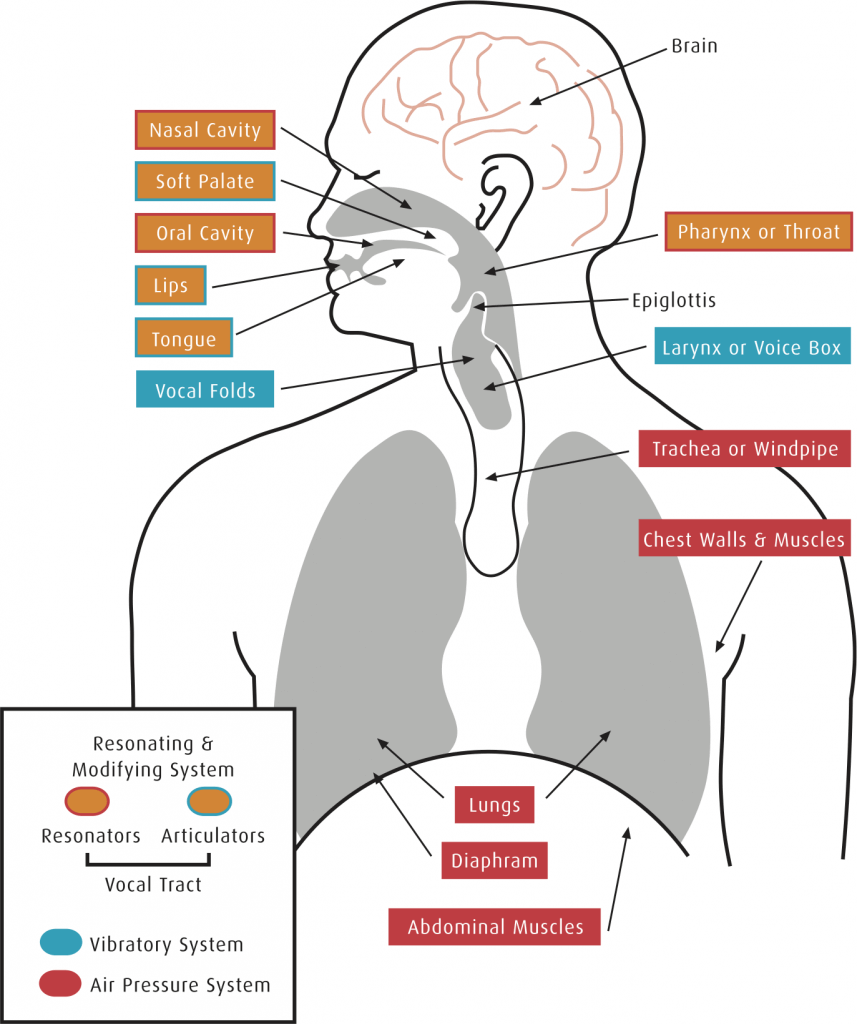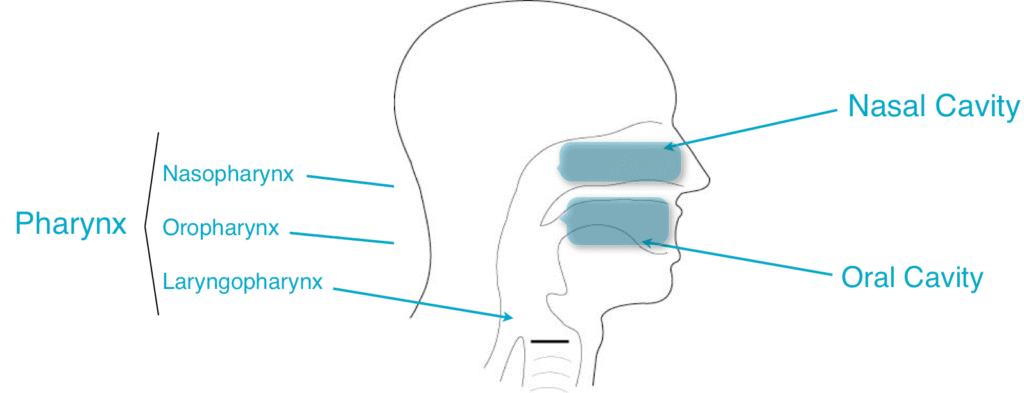How does my singing voice actually work?

Your voice is a highly complex instrument requiring many different parts of your body to work together with precision. In order to give you an idea of how the voice works, it helps to simplify things a bit.
Imagine your voice as the result of the following three systems working together to make sound:
- Respiration (breathing)
- Phonation (creation of sound)
- Resonance (modification of sound)

Respiration, or breathing, is the power source of the voice.
When you exhale, the respiratory system functions similarly to the bellows of a pipe organ or the air bladder of bagpipes. It expels air up and out of the lungs into you windpipe, or trachea.
P.S. Chances are, if you are alive and healthy, your breathing is probably just fine for singing.
The airstream sets your vocal folds into vibration, whereby sound is produced. This is called phonation.
The muscles of the larynx that house the vocal folds determine the pitch and basic quality (e.g., breathy, pressed, heavy, light) of the sound created.
But the result doesn’t sound like your voice yet, but rather more like a buzz. It turns into what you know as your voice when it’s modified while traveling through your vocal tract before leaving your mouth (and sometimes even your nose).
Your vocal tract is all the space above your vocal folds: your throat, mouth, and nasal cavities. This process in the vocal tract is called resonance.

The different frequencies and qualities an audience hears in your voice depend on the shape of your vocal tract. Unlike other musical instruments with fixed, rigid bodies, our instrument changes shape almost constantly thanks to our vocal tract being flexible.
The easiest way to feel and hear the effect of such changes of shape is to sing on different vowels. Every time you change your vowel, the shape of the vocal tract changes as well. The audience hears this process of resonation as different words or vowel shapes being sung.
This is what makes the human voice different from all other instruments—our flexible vocal tracts allow us to create words.
In order for the voice to work well, the three processes described above need to be precisely coordinated with each other. Like a three-legged stool, all three of these systems must work together in harmony, or things get wobbly!